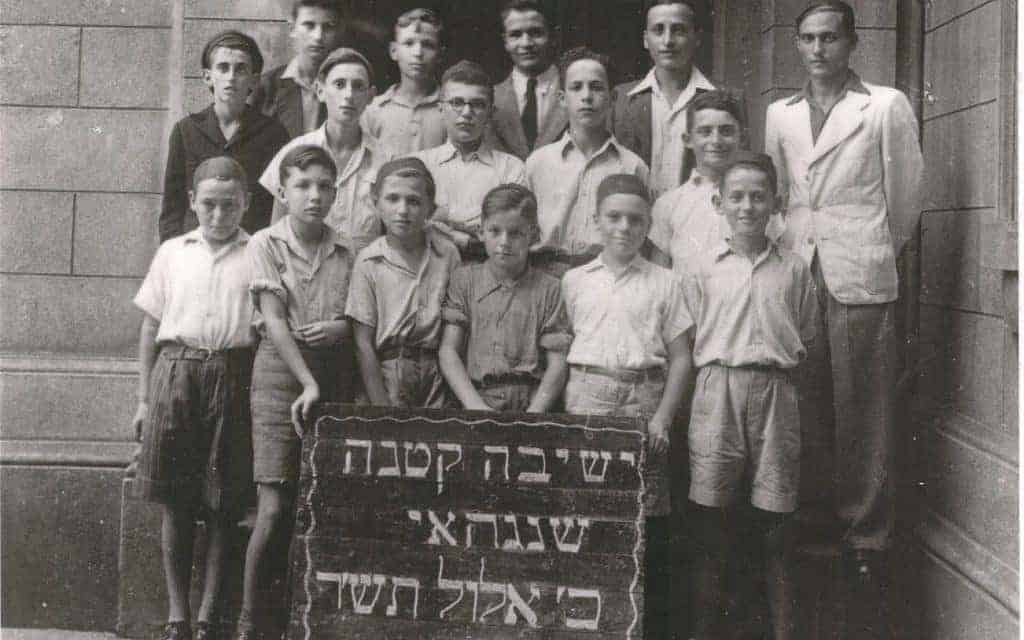“Do what is right because it is right, and leave it alone” – Chiune Sugihara.
Relatively few know about the exploits of Japanese diplomat Chiune Sugihara (1900 – 1986) during the Second World War. It is unfortunate, because he risked his life and the lives of his family, and eventually sacrificed his career, to save the lives of thousands of Jews during WWII. He did it from his office in the Japanese consulate in Lithuania, where he used his consular authority to issue visas that facilitated the escape of Jewish refugees from war-torn Europe.
When the Japanese government caught on to what he was doing, it ordered him to cease and desist. He did not and continued to issue visas in defiance of his superiors’ directives until his consulate was closed and he was recalled. By the time he was done, Sugihara had saved roughly 6000 Jewish refugees. That was about five times as many Jews as had been saved by the more famous Oskar Schindler, of Schindler’s List.

Chiune Sugihara’s Early Life and Career
Chiune Sugihara was born into a middle-class family, his father was a civil servant who worked for Japan’s version of the IRS. Growing up, Sugihara hit the books hard, proved himself a model student, and received top honors throughout his school years. His father wanted him to become a doctor, but he had other ideas. So he deliberately failed to get into medical school by writing only his name on the entrance exam.
Instead of studying medicine, he pursued an English major in college, and in 1919, he passed the Japanese government’s Foreign Ministry Scholarship exams. Sugihara took a two-year break in 1920 to fulfill his national service obligations, serving a two-year hitch as an infantry officer in the Japanese army. He resigned from his commission in 1922, and took and passed the Foreign Ministry’s language qualification exams. The Foreign Ministry then assigned him to Harbin, China, where he further studied German and Russian.
Sugihara eventually graduated from Japan’s elite training center on the Soviet Union, the Harbin Gakuin, and became one of the Foreign Ministry’s go-to experts on the USSR. When Japan seized Manchuria from China in the 1930s and established a puppet state under Japanese supervision, he became his country’s director of foreign affairs there. In that capacity, Sugihara negotiated the purchase of the North Manchurian Railroad from the Soviet Union in 1932.
In 1935, in a display of conscientiousness that augured his actions in WWII, Sugihara resigned his position in protest of the Japanese authorities’ mistreatment of the local Chinese. He was too valuable a civil servant to let go to waste, however, so he was assigned to the Foreign Ministry’s Information Department, and as a translator for the diplomatic legation in Finland. In November, 1939, shortly after WWII began, Sugihara was assigned as vice consul to the Japanese consulate in Kovno, the capital of Lithuania.

Managing relations with the USSR and staying informed about Soviet intentions was very important to the Japanese government. After years of provocations by Japan’s army in Manchuria, the Soviets surprised the Japanese by escalating hitherto minor border skirmishes into a serious conflict in the summer of 1939. The result was a humiliating Japanese defeat at the Battle of Khalkin Gol. The Japanese, already bogged in a quagmire of a war in China, began fretting about possible Soviet plans to seize Manchuria, or to directly intervene in the Sino-Japanese conflict on China’s side. Because a war between the USSR and Germany would keep the Soviets too busy on their western border to bother the Japanese in the Far East, staying informed about such a possibility was vital. Accordingly, Sugihara’s primary task in Lithuania was to provide intelligence on German and Soviet troop movements in the Baltic region, and to report on any indicators of an impending German attack against the USSR.

